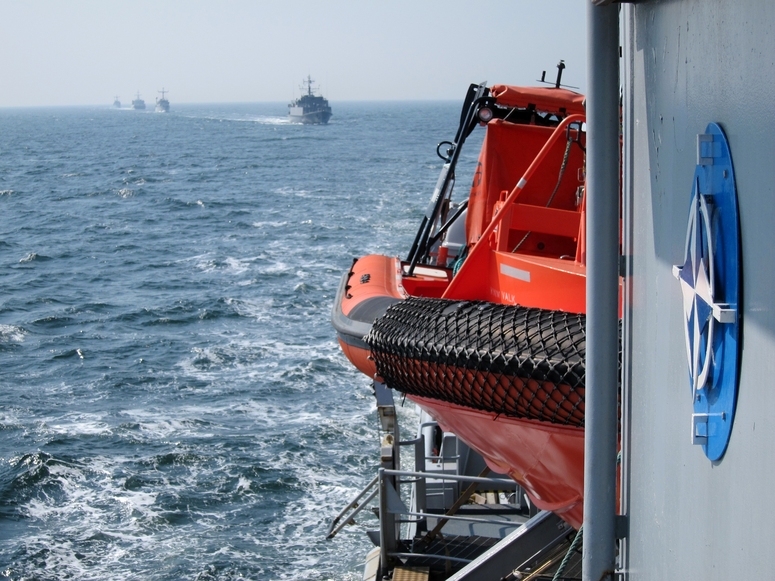
NATO intensifies its military presence in the Baltic Sea. This action follows rising sabotage threats against critical undersea infrastructure. Recently, Finland seized the Eagle S, a ship suspected of damaging the Estlink-2 power cable. This incident highlights the region’s vulnerability.
The Eagle S seizure underscores a pattern of undersea sabotage. Finnish authorities investigate the vessel, believed to be part of Russia’s shadow fleet. Earlier, data cables linking Finland, Germany, Lithuania, and Sweden were severed. In 2022, the Nord Stream pipelines suffered damage from underwater explosions. These events prompt NATO and European leaders to suspect intentional attacks.
In response, NATO strengthens its Baltic Sea military presence. Secretary-General Mark Rutte confirms increased surveillance and patrols. This includes deploying maritime patrol aircraft, radar planes, and drones. Furthermore, NATO will send minehunters and boost cooperation with local authorities. NATO considers inspecting vessel insurance certificates to prevent incidents. President Alexander Stubb confirms Finland and Estonia requested additional NATO support.
Undersea cables and pipelines are vital for energy and data. These threats pose economic and geopolitical concerns. Finland joined NATO in 2023 due to security concerns. NATO protects undersea installations via increased coordination. The Estlink-2 cable is crucial for electricity supply between Finland and Estonia. NATO’s enhanced presence aims to secure vital infrastructure. SuperMetalPrice reports that this is a critical moment for regional security.











Leave a Reply
You must be logged in to post a comment.